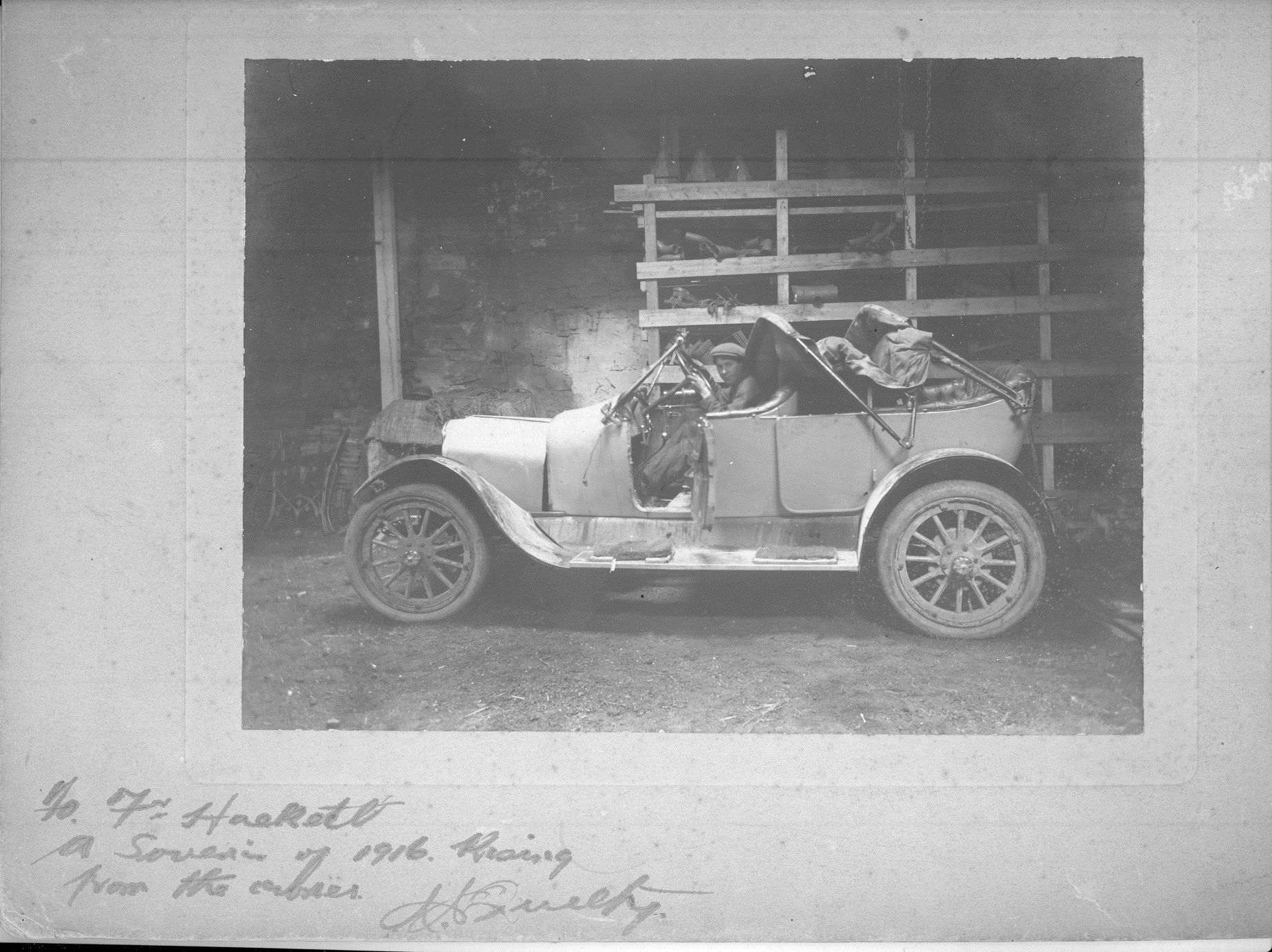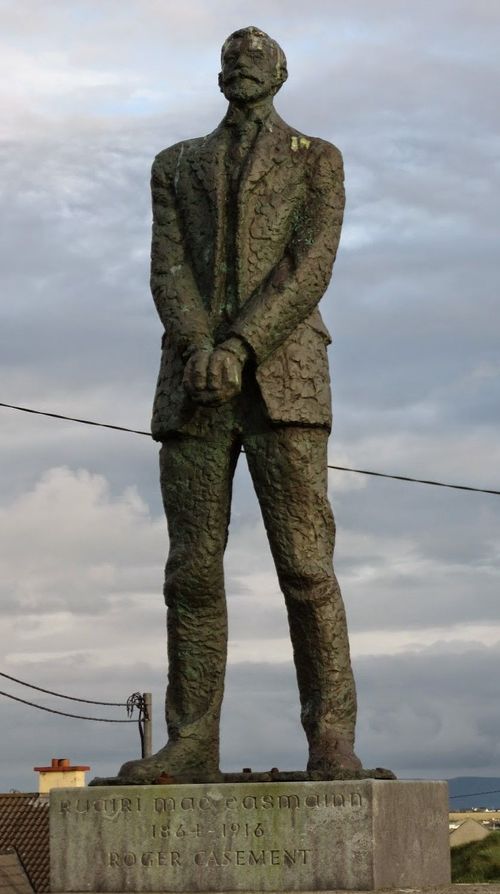Introduction: "The ghost of Roger Casement is beating on the door"
Author: John Gibney, Michael Griffin, and Brian Ó Conchubhair
Comments
Issue Contents:
Casement: Crusader and Cultural Commentator
1. Catherine Thewissen and Pierre Luc-Plasman – The Three Lives of the Casement Report: Its Impact on Official Reactions and Popular Opinion…

 …
…